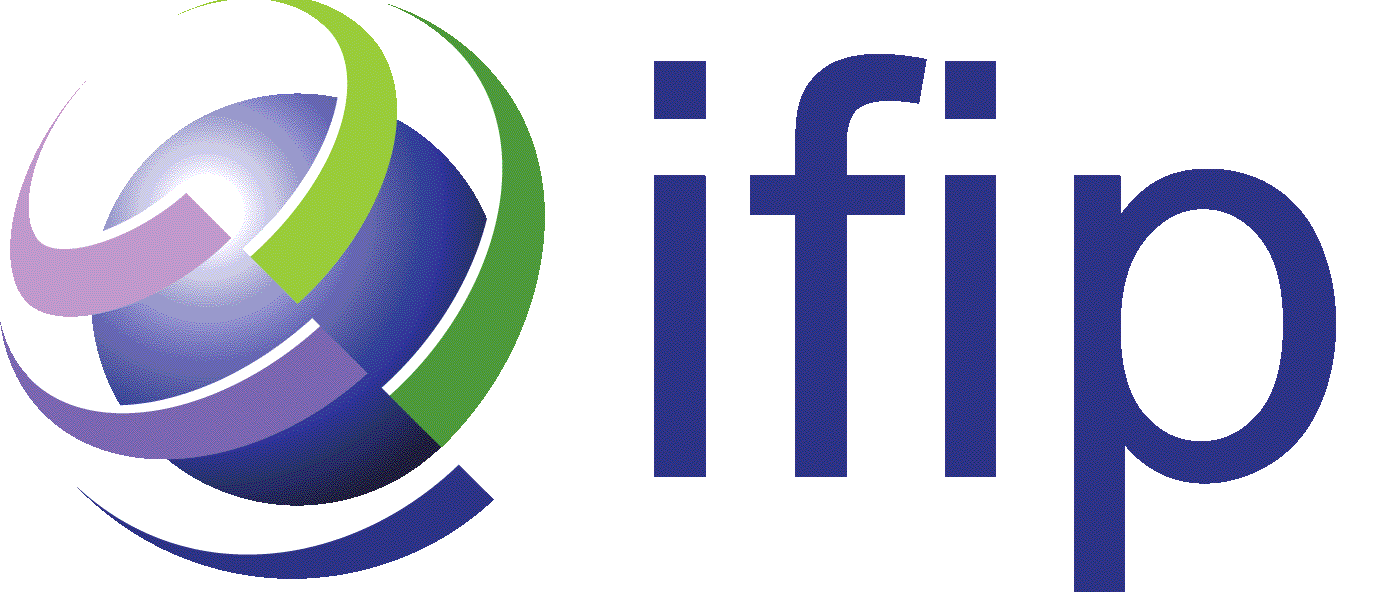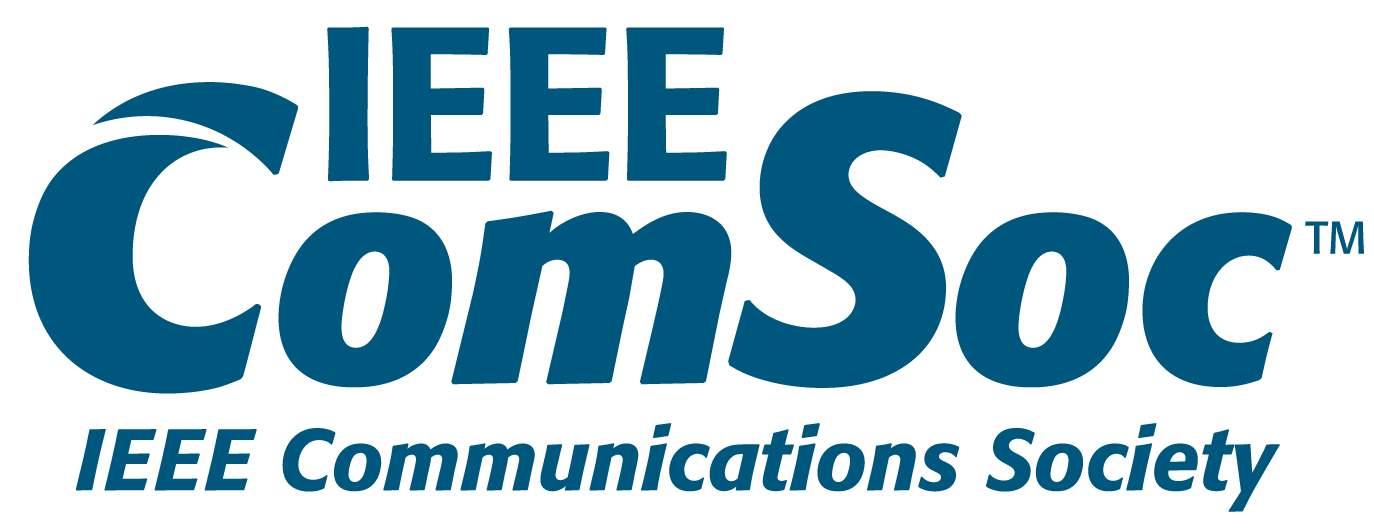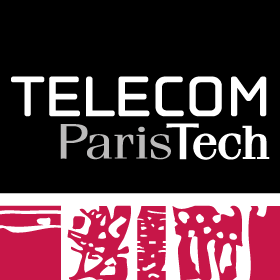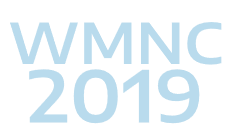
WMNC 2019 Keynotes
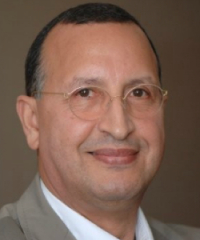
Latif Ladid
(University of Luxembourg, Luxembourg)
Bio: Prof, Latif Ladid holds the following positions: President, IPv6 FORUM www.ip6forum.org, Emeritus Trustee, Internet Society www.isoc.org ,
Board Member IPv6 Ready & Enabled Logos Program and Board Member World Summit Award www.wsis-award.org.
Latif is also a Member of 3GPP PCG (Board) (www.3gpp.org), 3GPP2 PCG (www.3gpp2.org).
Vice-Chair, ETSI IPv6 Industry Specification Group : https://portal.etsi.org/tb.aspx?tbid=827&SubTB=827
Member of UN Strategy Council Member of Future Internet Forum EU Member States (representing Luxembourg) IPv6 Forum Internet Pioneer Award, 2002IPv6 Life Time Achievement Award, 2016
Research Fellow @ University of Luxembourg ( ince 2006) on multiple European Commission Next Generation Technologies Projects.
Title: IPv6-based New Net empowering IoT and 5G
Abstract: The IANA central IPv4 address space has been fully depleted back in February 2011 making the deploying of new large-scale networks especailly IoT networks not scalable and not what IoT really stands for. Hence the new IP protocol IPv6 has been designed to cater for this already back in the 90s and waiting for its killer apps to take off. 4G was the first one to adopt IPv6 in larger scale.
The IPv6 Deployment worldwide is becoming a reality now with some countries achieving more than 50% user penetration, with Belgium (58%) at the top ranking (http://labs.apnic.net/dists/v6dcc.html) and reaching double digits v6 coverage on Google IPv6 stats. Many Autonomous Networks (ASN) reach more than 50% with v6 preferred or v6 capable penetration: (http://labs.apnic.net/ipv6-measurement/Economies/US/). Over 500 Million users are accessing the Internet over IPv6 and probably not even knowing it.
The US was by far the biggest adopter of IPv6 with some 100 Million users, but India has surpassed the US with over 250 M IPv6 users, followed by Germany, Japan and China with some 20 + M users. Worldwide IPv6 deployment has passed the 20 % Google usage bar doubling every 12 months (http://www.google.com/intl/en/ipv6/statistics.html ). If this trend continues, we should achieve 50% by 2020 which would be the inflection point when the full roll-out of IPv6 becomes a strategic plumbing decision of the networks, a topic that is avoided so far due to many strategic and resources issues (lack of top management decision-making, lack of v6 skilled engineers and v6 deployment best practices, very limited ISP v6 access deployment, ..).
The deployment of Carrier-grade NAT is in full swing making networking and user experience more brittle. IPv6 will kick in big time for IoT and 5G to take them to the next level which are “Things-to-Things” beyond the current network of things under the non-IP IoT umbrella as Kevin Ashton coined the term IoT for RFID back in 1990 before even RFID suported the IP stack and still today don’t. This is another technology myth or fake news. IoT will suffer immensely under lack of built-in security which together cybersecurity issues are like always brushed over at this stage due mainly to lack of IPv6 security skills.
New topics are more on the lime light such as Cloud Computing, SDN, NFV, 5G with no attention to the issues dragged by IPv4. These fields are taking IP networking for granted designing them on IPv4/NAT building non-scalable and non-end to end solutions. The IPv6 Forum is driving new initiatives to garner support and create awareness on the impact of IPv6 on topics such as real IoT, open Cloud Computing, openstack based SDN-NFV and IPv6 only 5G.
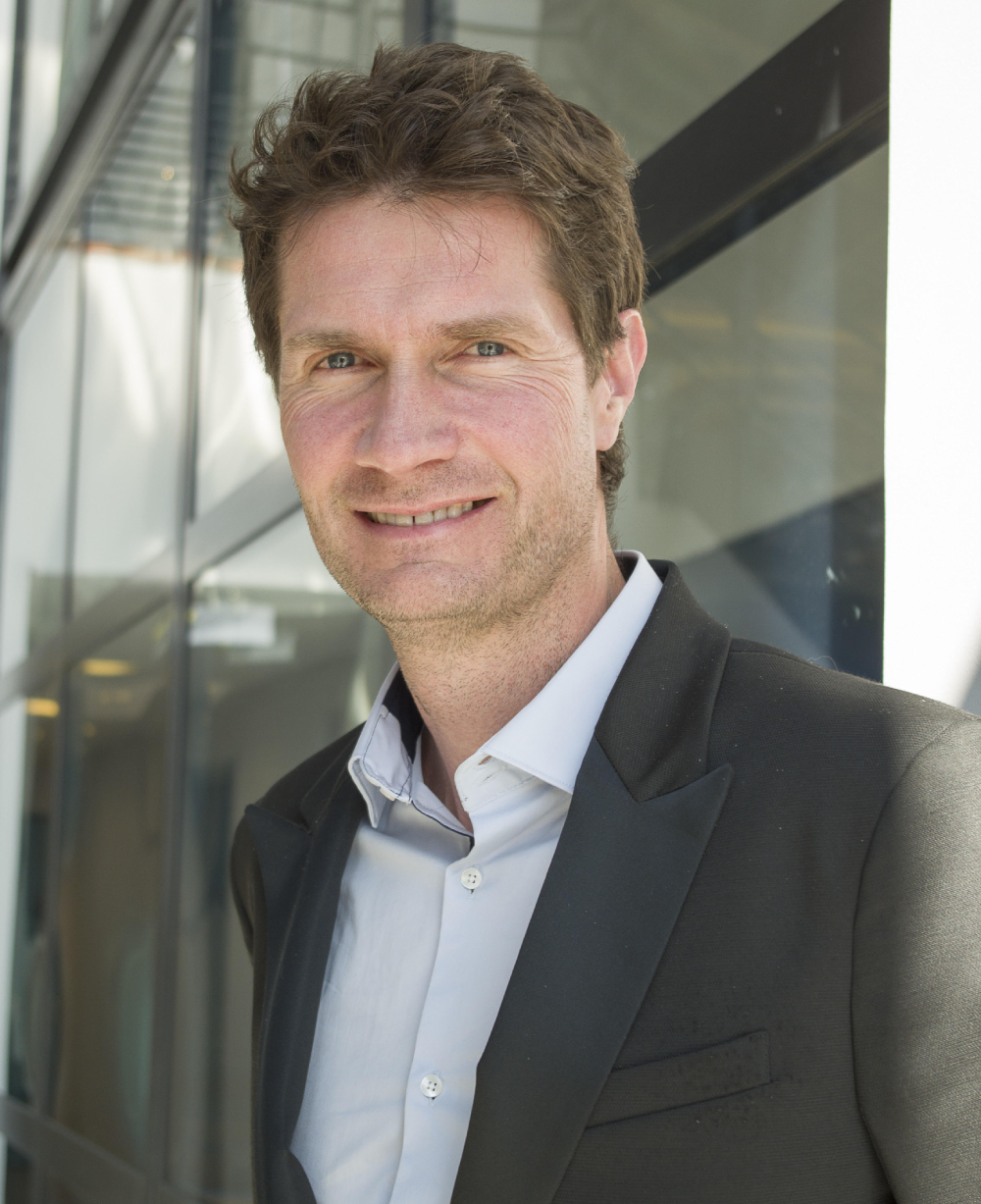
David Gesbert
(Eurecom, France)
Bio: David Gesbert (IEEE Fellow) is Professor and Head of the Communication Systems Department, EURECOM. Prior to EURECOM, he was with the University of Oslo and before this he was a founding engineer of Iospan Wireless Inc, a Stanford spin off pioneering MIMO-OFDM (now Intel). D. Gesbert has published about 300 papers and 25 patents, some of them winning the 2015 IEEE Best Tutorial Paper Award (Communications Society), 2012 SPS Signal Processing Magazine Best Paper Award, 2004 IEEE Best Tutorial Paper Award (Communications Society), 2005 Young Author Best Paper Award for Signal Proc. Society journals, and paper awards at conferences 2011 IEEE SPAWC, 2004 ACM MSWiM. He has been a Technical Program Co-chair for ICC2017. He was named a Thomson-Reuters Highly Cited Researchers in Computer Science. Since 2015, he holds the ERC Advanced grant "PERFUME" on the topic of smart device Communications in future wireless networks. He is a Board member for the OpenAirInterface (OAI) Software Alliance. Since early 2019, he heads the Huawei-funded Chair on Adwanced Wireless Systems Towards 6G Networks at EURECOM. Since 2017 he is also a visiting Academic Master within the Program 111 at the Beijing University of Posts and Telecommunications within the joint BUPT-EURECOM Open5G Lab.
Title: Learning From the Sky: Autonomous Flying Access Networks for Beyond 5G
Abstract: The use of flying robots (drones) carrying radio transceiver equipment is the new promising frontier in our quest towards ever more flexible, adaptable and spectrally efficient wireless networks. Beyond obvious challenges within regulatory, control, navigation, and operational domains, the deployment of autonomous flying radio access network (Fly-RANs) also comes with a number of exciting new research problems such as the issue of autonomous real-time placement of the drones in a way that can guarantee user and network performance. We present several different scenarios of interest such as IoT monitoring, mobile broadband access and adhoc connectivity. The approaches lie at the cross-roads between machine learning, signal processing and optimization. Early-stage practical realizations are demonstrated.

Dario Rossi
(Huawei, France)
Bio: Dario Rossi is a Chief Expert on Network AI at Huawei Technologies. Previously, he was Chair professor at the Computer Science department of Telecom ParisTech (2006-2018) and Professor at Ecole Polytechnique (2012-2019). He received his MSc and PhD degrees in from Politecnico di Torino in 2001 and 2005 respectively, and was a visiting researcher at University of California, Berkeley during 2003-2004. He has coauthored 9 patents and over 150 conference/journal papers on different aspects of networking, received 7 best paper awards.
Title: The rise of hardware-assisted artificial intelligence at the network edge
Abstract: Often, advances in hardware have been at the base of success of new computing paradigm, algorithms and techniques. This is, e.g., what might happen in the future for quantum computers, and what has recently happened in the field of Artificial Intelligence (AI) and Neural Networks in particular, whose potential has been fully unleashed by commoditization of general-purpose GPUs.
In this keynote, we first introduce recent hardware advances, namely a new family of specialized architectures that are promising enablers for a deeper integration of AI at all network segments, particularly at the edge, and at all layers of the stack. We next discuss challenges and opportunities that are specific to the networking domain, putting them in perspective with advances in other fields.
Important dates
- Paper Submission Due
April 20, 2019 - Paper Review Feedback
May 27, 2019 - Final Papers Due
June 10, 2019 - Conference
September 11-13, 2019


